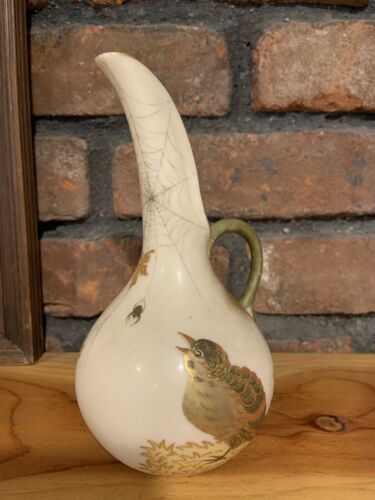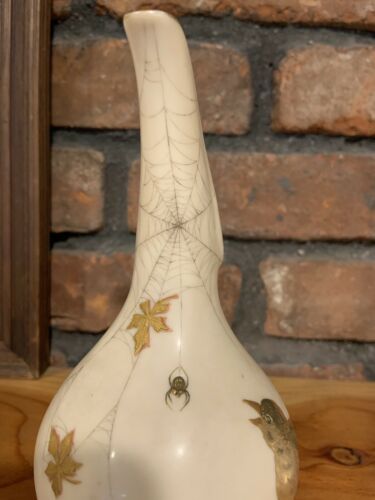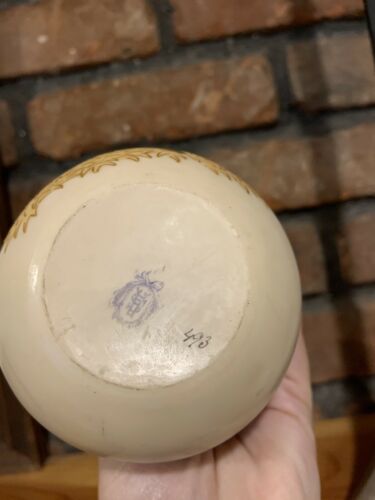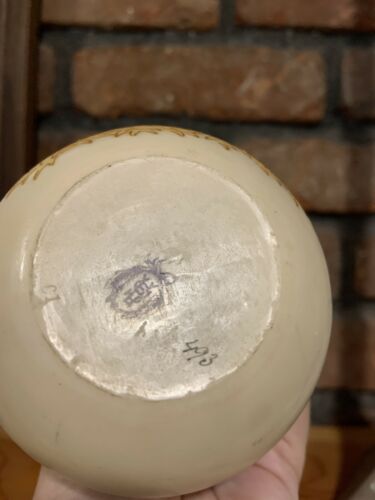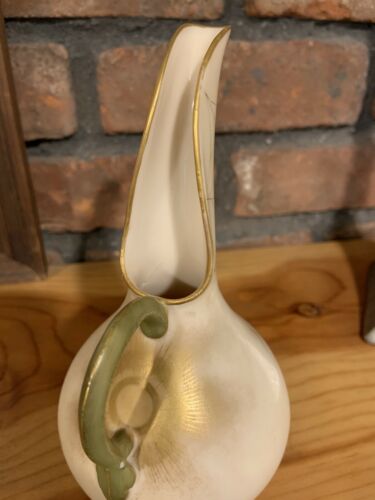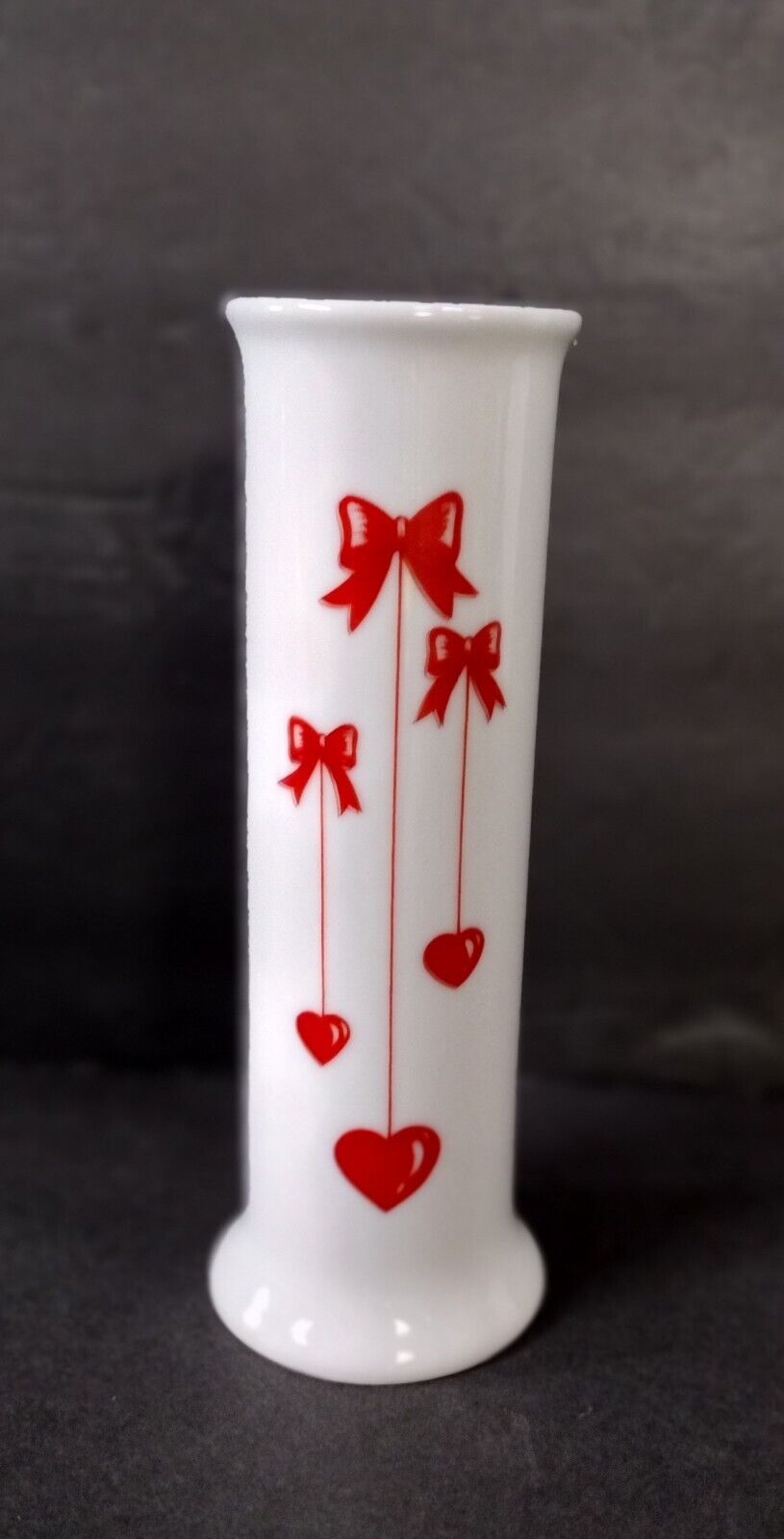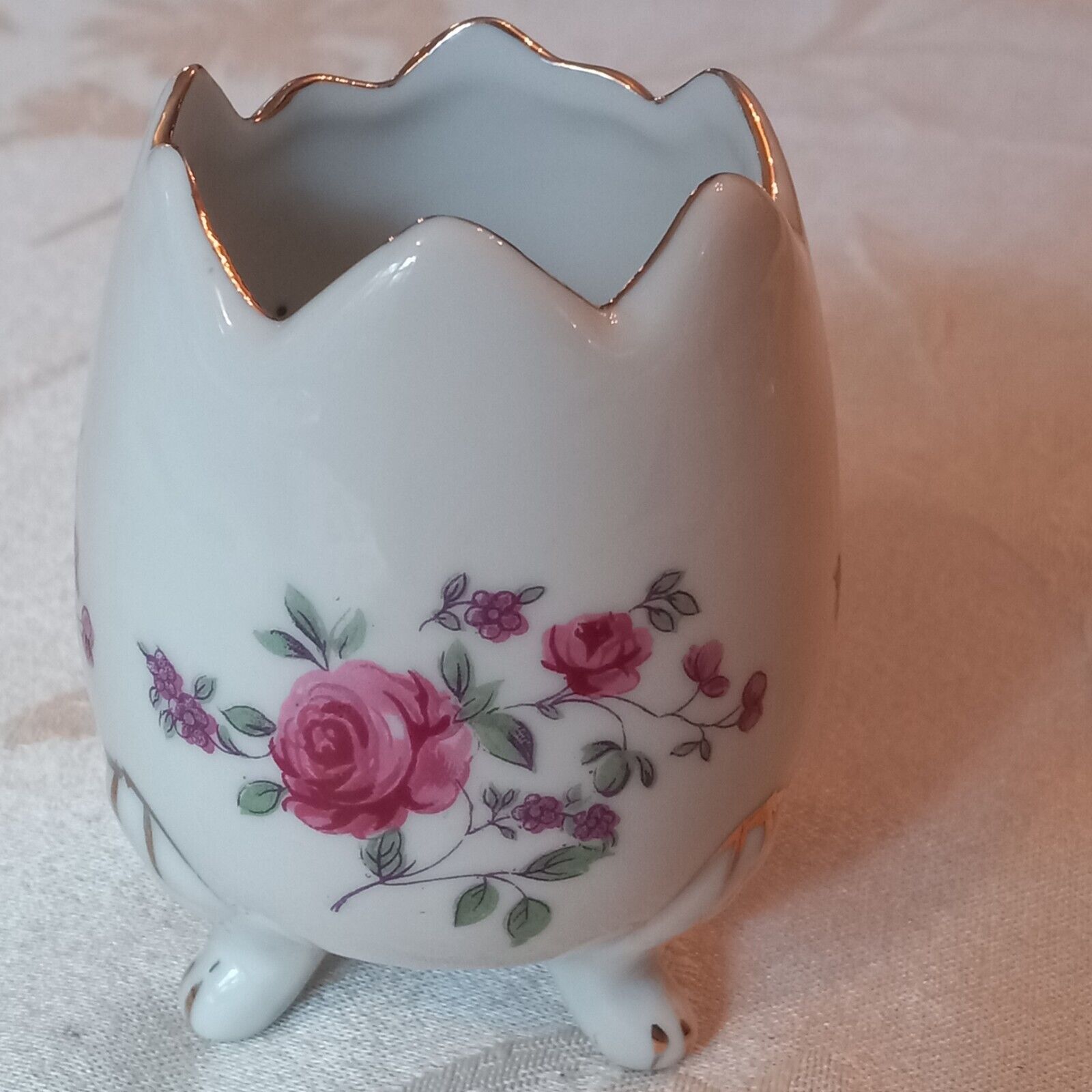-40%
ANTIQUE ART NOUVEAU Amphora Austrian Vase Alfred Stellmacher Shibayama
$ 203.28
- Description
- Size Guide
Description
ANTIQUE ART NOUVEAU Amphora Austrian Vase Stellmacher Shibayama. Shipped with USPS Priority Mail.An antique Austrian vase of ivory porcelain by Alfred Stellmacher of Turn-Teplitz, Bohemia circa 1876. The Art Nouveau vase features one handle and spout, gilt accents, and hand-painted decor including a bird approaching a spider dangling from its web.
Embossed marks underfoot. Very good original condition with just a little wear to the gilt and handle as pictured, measuring approx 7in tall and 5in wide.
The marking can be found in "Ceramics from the House of Amphora" by Richard L. Scott on page 320. "AS" in a Rose. He was the Father of Eduard Stellmahcer who founded RStK in 1892.
On October 11, 1837 in the small town of Steinheid, Thuringia, Alfred Stellmacher was born. He worked in ceramic factories in the area and mastered his craft.
He founded his first porcelain factory in Turn in 1876. The factory produced porcelain flowers which surpassed French pieces for quality. During the 1870’s, Stellmacher developed a new ceramic material which became known as ivory porcelain due to its soft yellowish shade and matte finish. The new material allowed the ceramist to create more complex modeling and detailing of shapes and applied designs.
Stellmacher’s factory broadened production from flowers to decorative ceramic pieces in the Orientalism and Neo-Baroque styles. Neo-Baroque forms allowed greater innovations in design with handles shaped like monsters and pierced or waved bases and rims.
At the Paris World Exhibition in 1889, Stellmacher received the Gold Medal, and he attained his greatest success at the end of the 19th century.
